This spring, the steps of the Met are getting a little more colorful, deliberate, and unapologetically tailored.
When the Costume Institute at The Metropolitan Museum of Art announced “Superfine: Tailoring Black Style” as the theme of the 2025 Met Gala, it sent a ripple through both the fashion world and the cultural zeitgeist. A look that once subverted colonial rule through personal style is now elevated as couture’s centerpiece. But before the flashbulbs pop on the first Monday in May, it’s worth exploring what Black Dandyism truly represents—and why its cultural and aesthetic power resonates now more than ever.
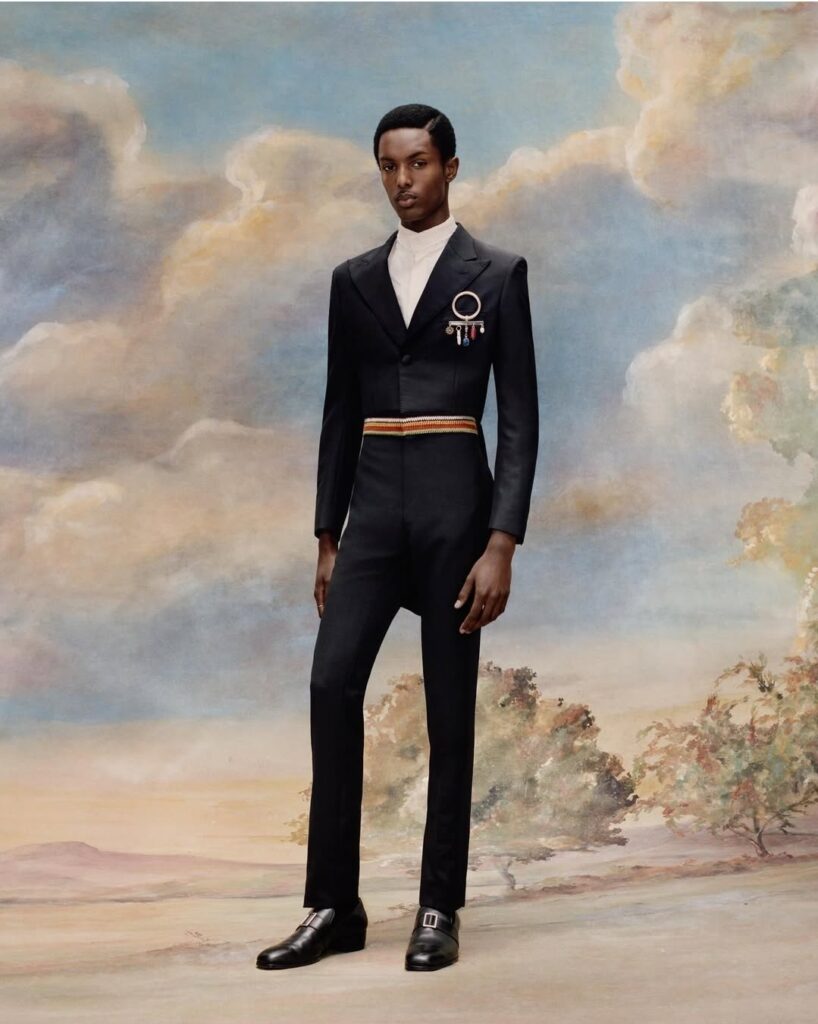
From Survival to Subversion: The Origins of Black Dandyism
Black Dandyism is not just about fashion. It is protest stitched into elegance; it is identity tailored into armor.
Rooted in 18th and 19th-century Europe, the original dandy was a man of style, wit, and rebellion against the constraints of aristocracy. But Black Dandyism has a deeper origin story—one that is more radical in its resistance. During colonial and antebellum eras, enslaved and free Black men donned their finest to mirror and mock the style of their oppressors. In a world designed to strip them of autonomy, Black dandies used style as a powerful reclamation of dignity.
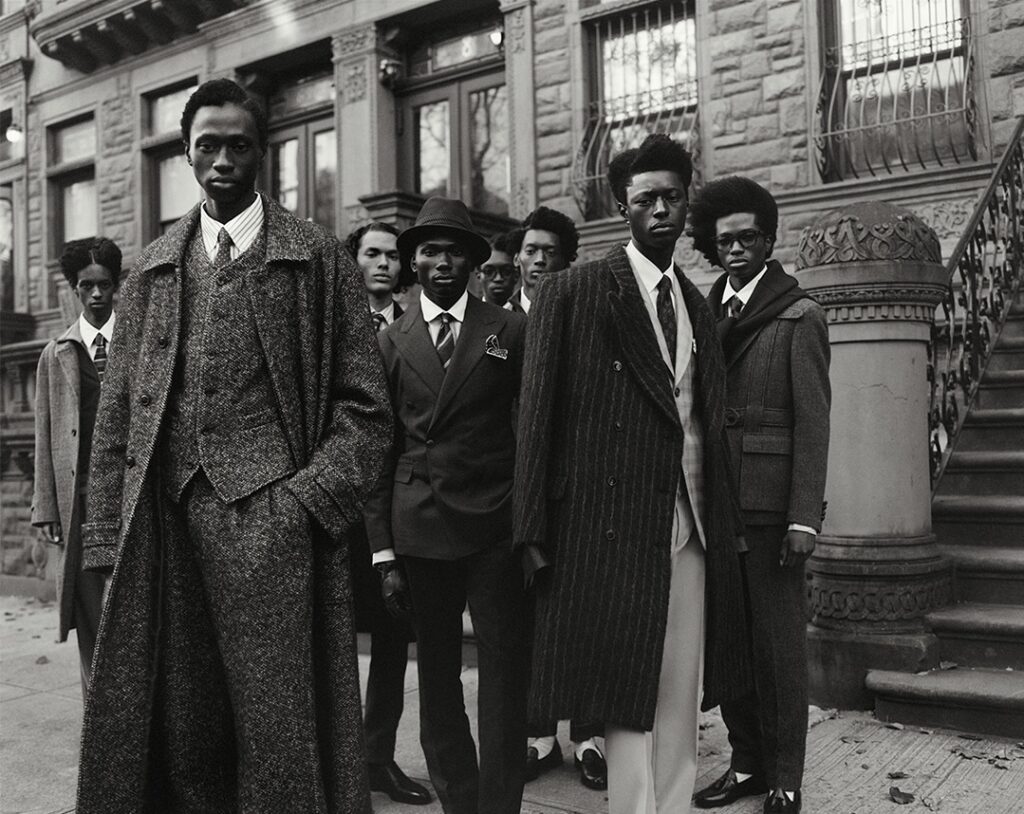
Notable early figures include Jules Lion, a free man of color and New Orleans daguerreotypist in the 1840s whose fashion sense was as sharp as his photographic eye, and Frederick Douglass, who deliberately dressed in tailored suits to challenge stereotypes of Black inferiority. For them, and others, style wasn’t vanity—it was resistance.
The Diasporic Flair: Dandyism Across Continents
While the aesthetic took root in the West, its seeds flourished across the African diaspora.
In the Congo, the Sapeurs—members of La Société des Ambianceurs et des Personnes Élégantes—embraced vivid, high-end fashion as a joyful and political performance. Their commitment to dandyism in the face of poverty and post-colonial struggle offered a defiant beauty. With designer suits, impeccable shoes, and radiant colors, the Sapeurs communicated their worth without saying a word.
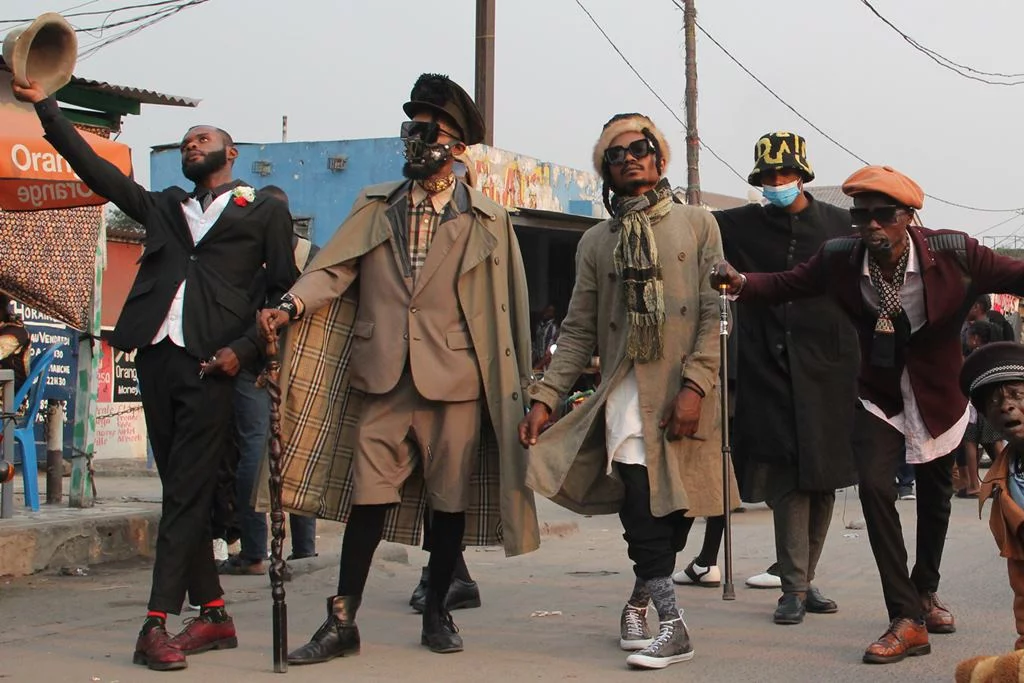
In Jamaica, reggae icon Peter Tosh wielded his wardrobe as cultural artillery. His sleek suits, hats, and militant posturing influenced generations of style-conscious rebels.
From Harlem Renaissance poets to Nigerian Afrofuturists, dandyism evolved with every context, always refined, always radical.
The Modern Dandy: From the Streets to the Met Gala
Today, Black Dandyism has exploded into the mainstream, reimagined by a new generation of tastemakers who blend tradition with modern masculinity and fluid identity.
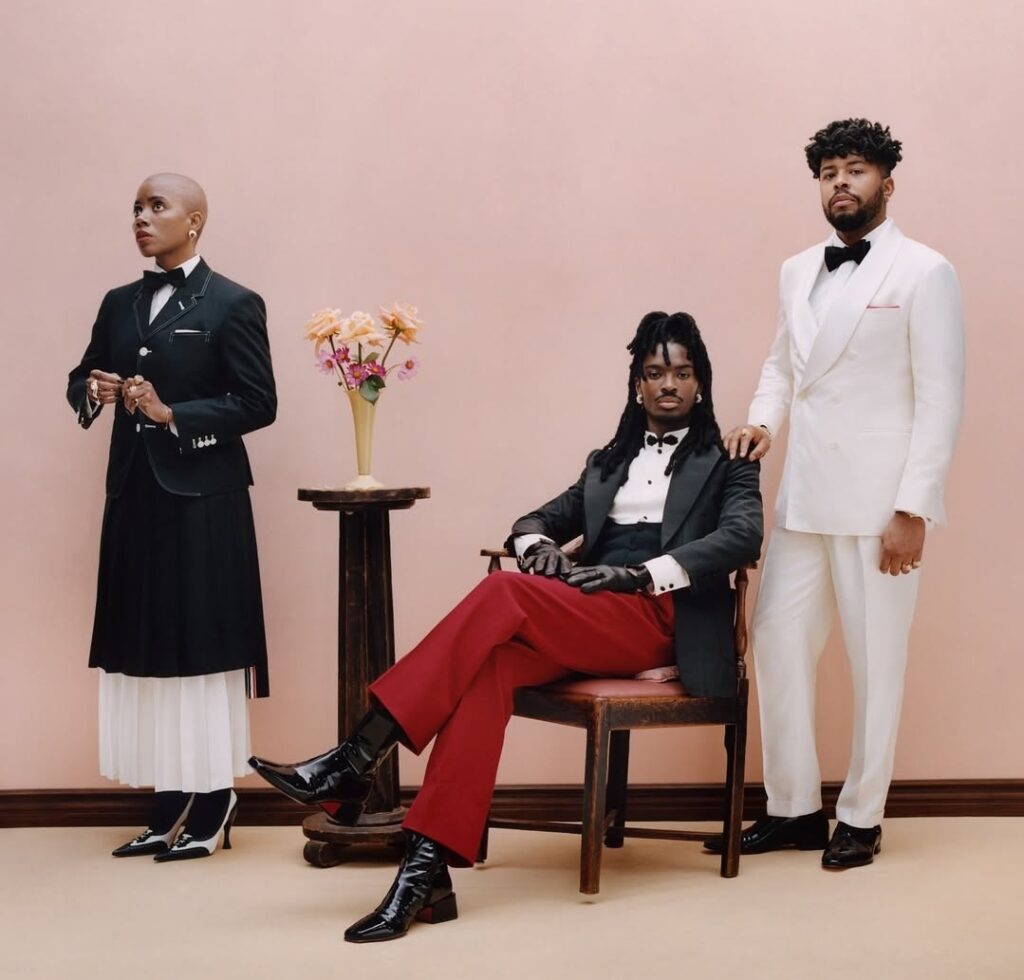
Artists like Jidenna resurrected the classic dandy look with a contemporary twist—think three-piece suits in wax prints, high-top fades, and canes that double as walking sticks and symbols of legacy. His breakout hit “Classic Man” wasn’t just a song, but a declaration of aesthetic lineage.
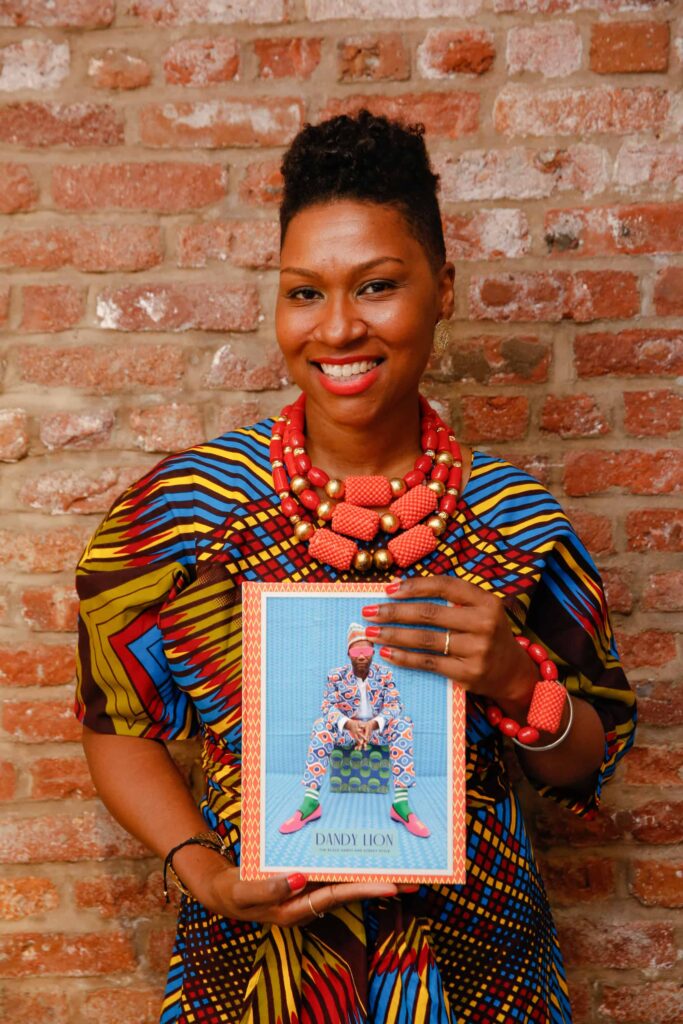
Photographer and curator Shantrelle P. Lewis deserves high praise for chronicling the movement through her landmark exhibit and book “Dandy Lion: The Black Dandy and Street Style.” Her work carved space in fashion and art institutions for the visibility of Black male beauty in all its expressive, non-threatening, and vulnerable power.
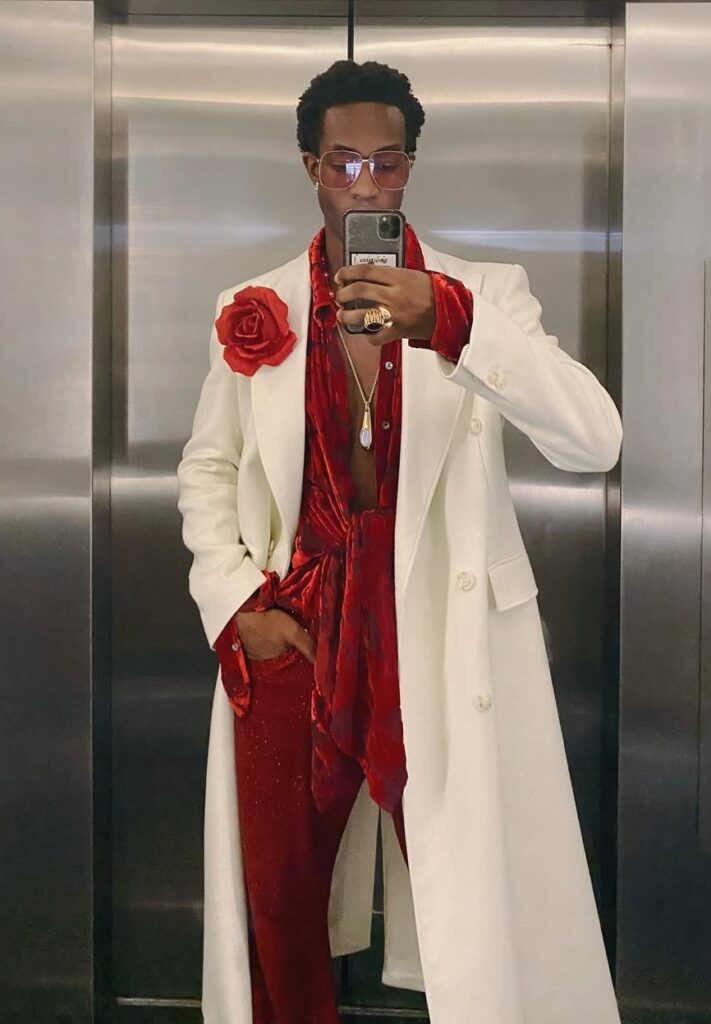
Others, like Olivier Rousteing, Kerby Jean-Raymond, and Wisdom Kaye, are pushing high fashion forward, infusing dandyism with streetwear, social consciousness, and gender play. Their influence spans from Paris runways to TikTok timelines.
2025 Met Gala: A Coronation in Cloth
The Met Gala’s decision to center Black Dandyism isn’t just a nod to style—it’s a reclamation of narrative.
Titled “Superfine: Tailoring Black Style,” the 2025 Met Gala draws direct inspiration from the groundbreaking 2009 book Slaves to Fashion: Black Dandyism and the Styling of Black Diasporic Identity by Professor Monica L. Miller, Chair of Africana Studies at Barnard College. Miller authored the foundational text on the subject and is the curator for this year’s Costume Institute exhibition, ensuring the theme remains rooted in cultural truth and scholarly rigor.
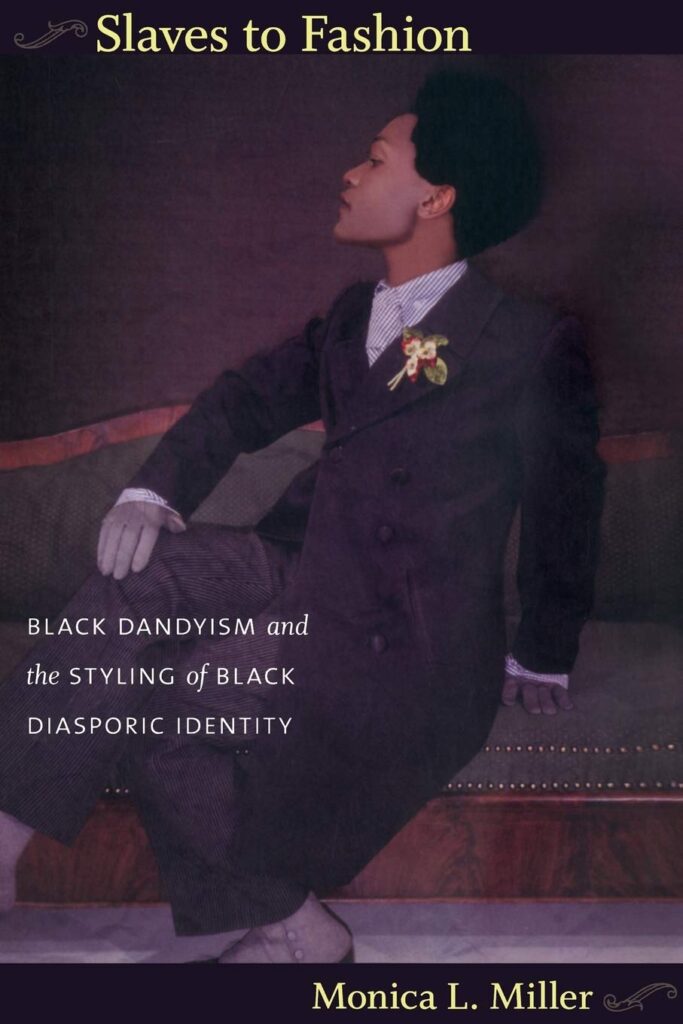
“This exhibition—and the fashion it inspires—is about how Black people have always used style not just to be seen, but to be heard,” Miller shared in a recent interview. “It’s about pleasure, pride, resistance, and invention. The Met Gala is finally catching up to what Black communities have known for centuries: style is power.”
Attendees are expected to move beyond costume into cultural reverence, pulling inspiration from Harlem Renaissance zoot suits, West African agbadas, Sapeur vibrance, and Southern gentleman charm.
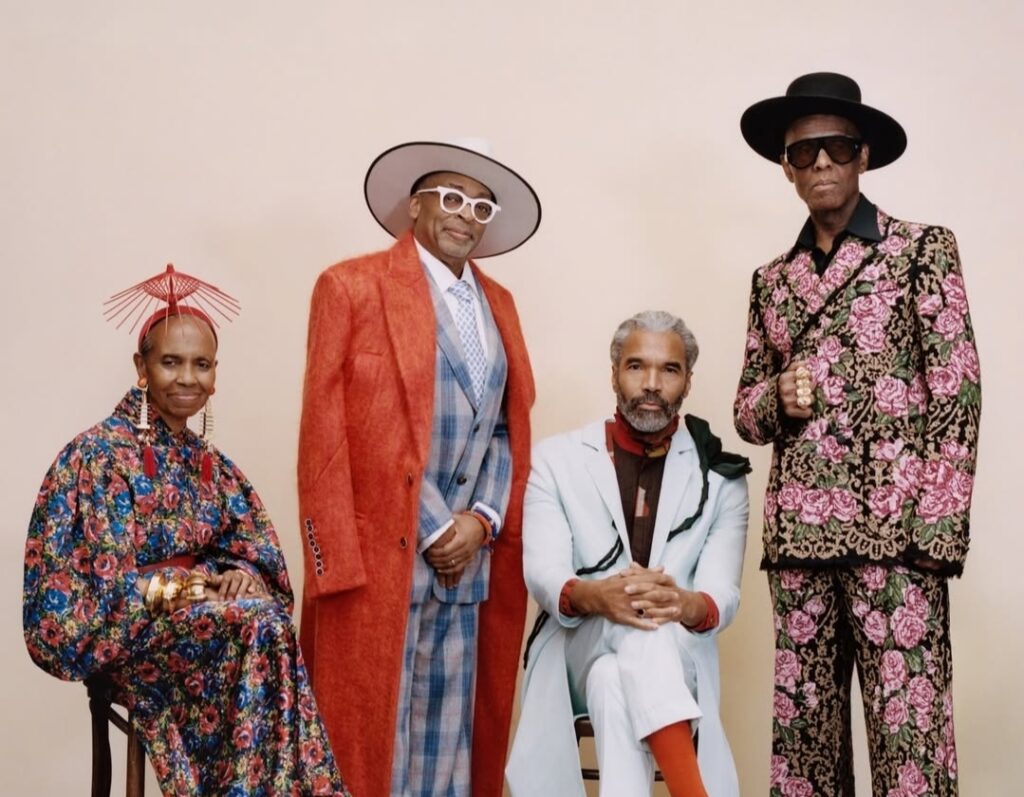
It’s not just about silk lapels and patent loafers, it’s heritage, elegance, subversion, and joy. The 2025 Met Gala is less a party than a pageant of power reclaimed.
Why It Matters Now
In an era where Black masculinity is still scrutinized and policed, Black Dandyism dares to soften the image, to queer the silhouette, to reimagine what it means to be a man of color in full bloom.
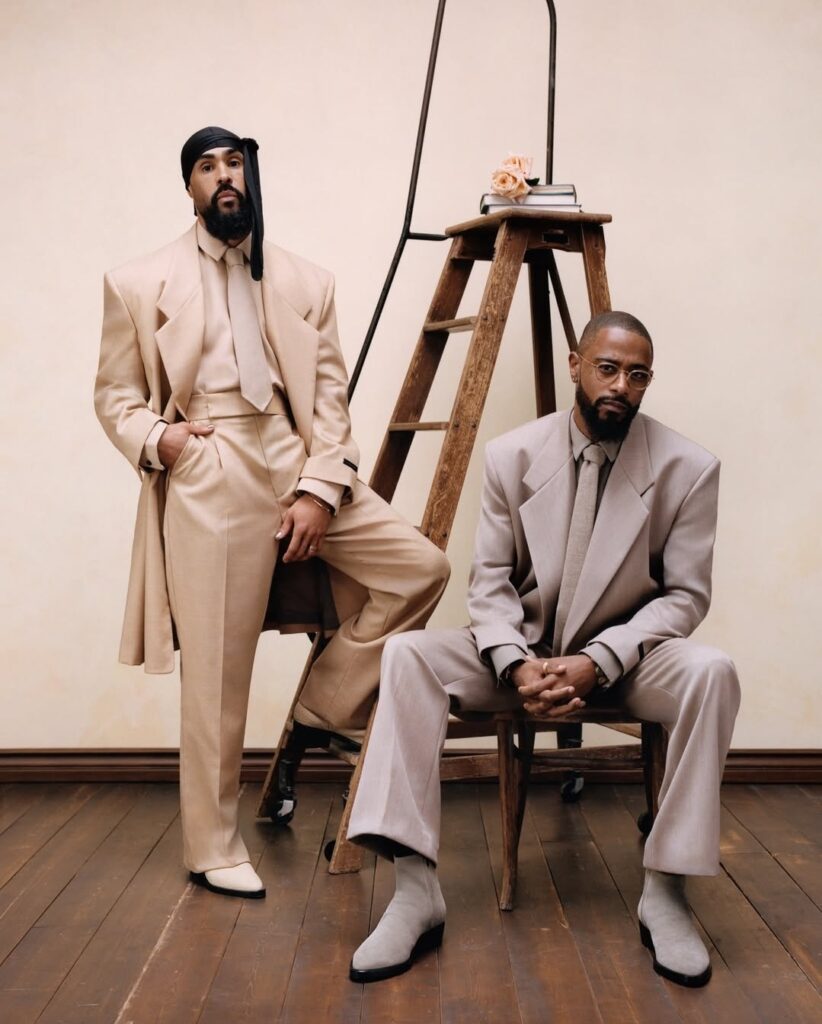
It disrupts the binary between “respectable” and “radical.” It reminds the world that Black men have always had style, not because of access, but despite exclusion. Every cufflink is a comment. Every hat tilt is a revolution.
As we approach this year’s Met Gala, Monday, May 5th, one thing is certain: the spotlight isn’t just on the clothes, but the culture. And Black Dandyism, with all its history and glory, is finally getting its crowning moment.
RefinedHue.com will follow the red carpet and afterparties closely. But more importantly, we’ll celebrate the richness behind the fabric—the lived stories, the legacy, and the love of being a Dandy Lion in a world not built for you.
Stay tailored. Stay powerful.
Also Check Out


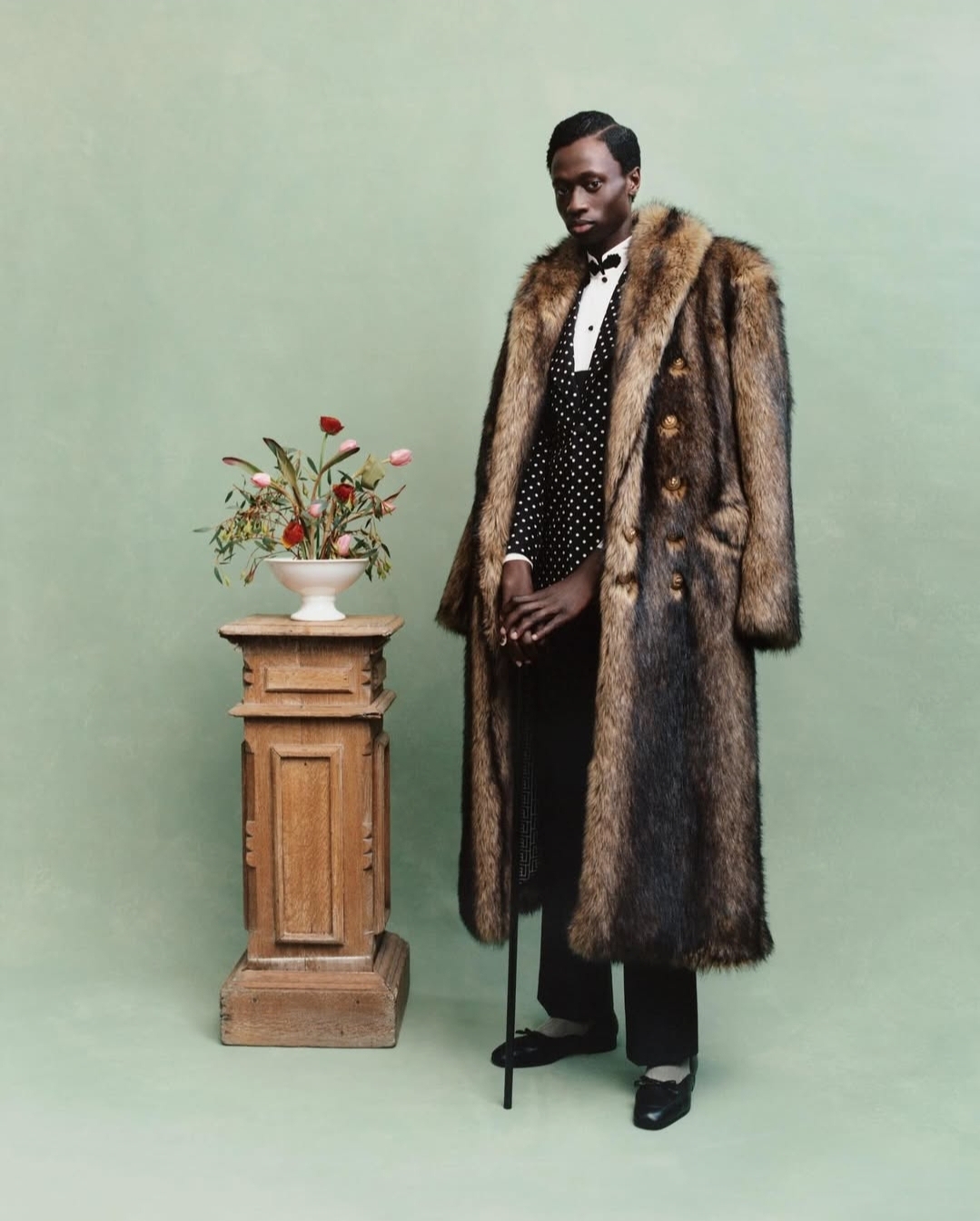
Leave a Reply